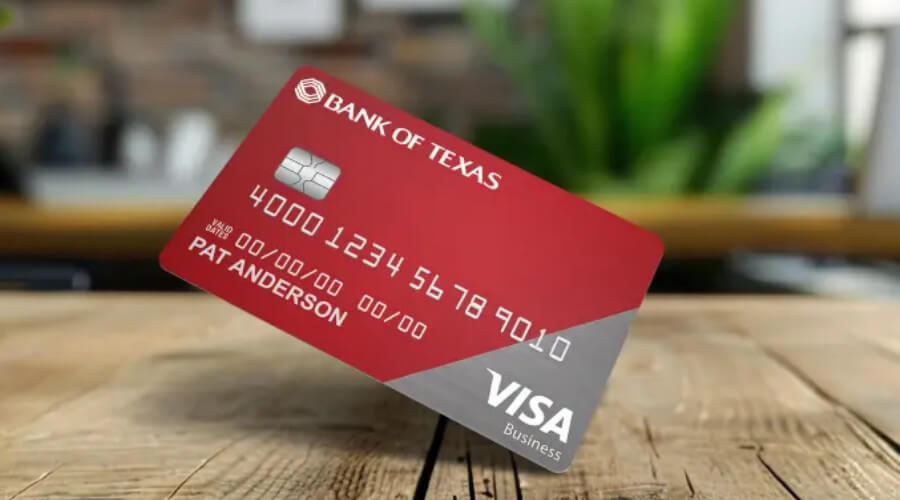When it comes to building and maintaining a good credit score, one question seems to pop up constantly: “How many credit cards should I have?” The truth is, there isn’t a one-size-fits-all answer. The ideal number depends on your spending habits, financial goals, and ability to manage credit responsibly.
Having multiple cards can help you improve your credit utilization ratio, earn better rewards, and build a more solid credit history. However, too many cards can lead to debt and missed payments, which can damage your score. In this guide, we’ll break down how many credit cards are truly beneficial for your finances and share practical credit building tips to help you optimize your credit profile in 2025.
1. Understanding How Credit Cards Affect Your Score
Before deciding how many cards you should own, it’s crucial to understand how credit cards influence your credit score. Your FICO score, the most widely used scoring model, is determined by several factors:
- Payment history (35%) – Paying on time is the most important factor.
- Credit utilization (30%) – How much of your available credit you’re using.
- Length of credit history (15%) – Older accounts help establish reliability.
- New credit inquiries (10%) – Opening too many cards in a short period can lower your score temporarily.
- Credit mix (10%) – Lenders prefer a healthy mix of revolving credit (like credit cards) and installment loans (like car or student loans).
Owning multiple cards can help with credit utilization and mix, but only if managed properly. For example, if you have two cards with a combined limit of $10,000 and you only use $1,000, your utilization is 10%—a great range for maintaining a good credit score.
Pro Tip: Keep your credit utilization below 30% on each card for optimal results, and ideally under 10% if you’re aiming for an excellent score.
2. How Many Credit Cards Is Ideal?
According to experts from Experian and Credit Karma, most consumers benefit from having two to three credit cards. This number provides enough flexibility for rewards and spending without becoming overwhelming.
Having multiple cards offers several advantages:
- Lower credit utilization: More available credit means you’re less likely to use a high percentage of it.
- Reward diversification: You can use one card for travel rewards and another for cashback or groceries.
- Backup options: Having a second or third card ensures you’re covered if one card is lost or frozen due to fraud.
However, if you’re new to credit, starting with just one card is best. Focus on paying your balance in full every month and never missing a due date. Once you’ve established a strong history, consider adding another card with different benefits.
Pro Tip: Before applying for new cards, review your credit report on AnnualCreditReport.com to ensure there are no errors affecting your good credit score.
3. The Risks of Having Too Many Credit Cards
While having multiple credit cards can help your score, too many can lead to financial trouble. Every card comes with potential fees, temptation to overspend, and the risk of missed payments. Here’s what to watch out for:
- High annual fees: Premium cards often come with fees of $100–$500 per year. Make sure the rewards outweigh the costs.
- Debt accumulation: Having too much available credit can encourage overspending, which increases interest payments and utilization.
- Difficulty tracking payments: Managing multiple due dates raises the risk of missing one, which can damage your score.
Even though credit limits and rewards can be appealing, discipline is key. If you struggle with self-control or organization, limit yourself to two or three cards at most.
Internal link suggestion: Learn how to manage your finances effectively in our post Smart Budgeting Tips for Financial Success.
Pro Tip: Automate payments to avoid late fees and set reminders for due dates to maintain a good credit score.
4. How Multiple Credit Cards Can Help Build Credit Faster
Having multiple cards can actually speed up credit building if managed correctly. Each account adds to your total available credit and contributes to your payment history, which makes up the largest portion of your credit score.
For example, if you have one card with a $2,000 limit and add a second card with a $3,000 limit, your total credit jumps to $5,000. If you spend $500 monthly across both, your utilization drops to 10%, improving your score.
Furthermore, managing multiple accounts responsibly demonstrates to lenders that you can handle more credit responsibly—a major factor in loan approvals and interest rates. Over time, this can make you eligible for premium cards like the Chase Sapphire Preferred or American Express Platinum.
Pro Tip: Apply for new cards gradually. Opening too many accounts at once can result in multiple hard inquiries, which may temporarily lower your score.
5. When One Credit Card Is Enough
For many people, especially beginners, one credit card is all they need. If you’re focused on simplicity, debt avoidance, and basic credit building, one card can help you build a strong foundation.
Choose a card with no annual fee and a straightforward rewards structure. Cards like the Discover It Cash Back or Capital One Quicksilver offer cash back without extra complications.
By paying on time, keeping your balance low, and avoiding unnecessary applications, you can still achieve a good credit score with a single card. Once your credit improves, you can consider adding another card for better benefits or higher limits.
Pro Tip: Treat your credit card like a debit card—only spend what you can afford to pay off immediately.
6. How to Manage Multiple Credit Cards Effectively
If you already have several credit cards, organization is key. Keeping track of due dates, balances, and rewards can be overwhelming, but with the right tools, you can simplify everything.
- Use budgeting apps like Mint or NerdWallet to track spending and payment due dates.
- Set up automatic payments to cover at least the minimum due on each card.
- Regularly review your statements to catch unauthorized charges or potential fraud.
Maintaining low balances across multiple cards keeps your utilization ratio in check and ensures a steady climb toward an excellent credit score. Many successful credit builders follow the “three-card method”—one for essentials, one for rewards, and one for emergencies.
Internal link suggestion: Learn more about advanced credit strategies in our post Smart Credit Building Tips for Long-Term Success.
Pro Tip: Avoid closing old credit accounts unless necessary. Older accounts help extend your credit history, a key factor in maintaining a strong score.
7. When Too Many Cards Hurt Your Score
While adding cards strategically can help, applying for too many at once can backfire. Each application triggers a “hard inquiry,” which can temporarily reduce your score by a few points. Additionally, lenders may view frequent applications as a sign of financial instability.
It’s also important to consider the psychological factor: managing too many cards can cause financial fatigue, leading to missed payments or overspending. Studies by Consumer Financial Protection Bureau (CFPB) show that consumers with more than six active cards are more likely to carry higher debt loads.
Experts recommend spacing out credit applications by at least six months to prevent unnecessary score drops. Remember, quality over quantity is the key to maintaining a good credit score.
Pro Tip: Check your score regularly through free tools like Credit Karma or your bank’s mobile app to monitor progress and identify issues early.
8. Building Long-Term Credit Health
Ultimately, the number of credit cards you have is less important than how you use them. Building long-term credit health requires consistent, responsible behavior. Paying on time, keeping utilization low, and avoiding excessive debt are the keys to financial success.
In 2025, lenders are using more sophisticated algorithms that reward steady, predictable credit management rather than sheer volume of accounts. Focus on optimizing the cards you already have instead of chasing every new offer that appears.
As your score improves, you’ll gain access to better rates, higher credit limits, and exclusive perks that make your cards more valuable. Remember: credit is a tool, not free money. Used wisely, it can unlock financial opportunities for a lifetime.
Final Thoughts: Quality Over Quantity
So, how many credit cards do you really need for a good credit score? For most people, two to three is the sweet spot—enough to diversify your credit and earn rewards without overcomplicating your finances. However, success with credit isn’t about the number of cards you have; it’s about how responsibly you manage them.
Whether you’re just starting out or looking to optimize your credit building tips in 2025, the golden rule remains the same: pay on time, spend within your means, and monitor your score regularly. Your credit portfolio should work for you—not the other way around.




